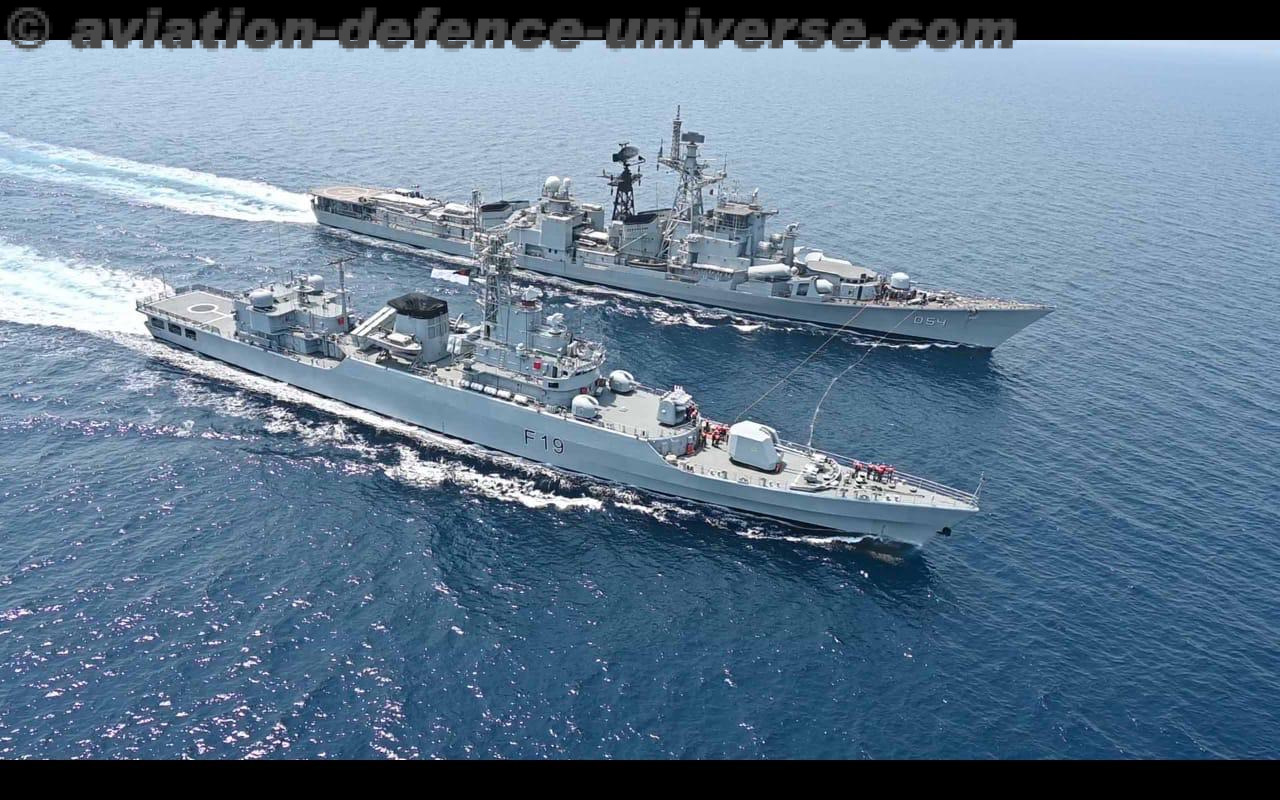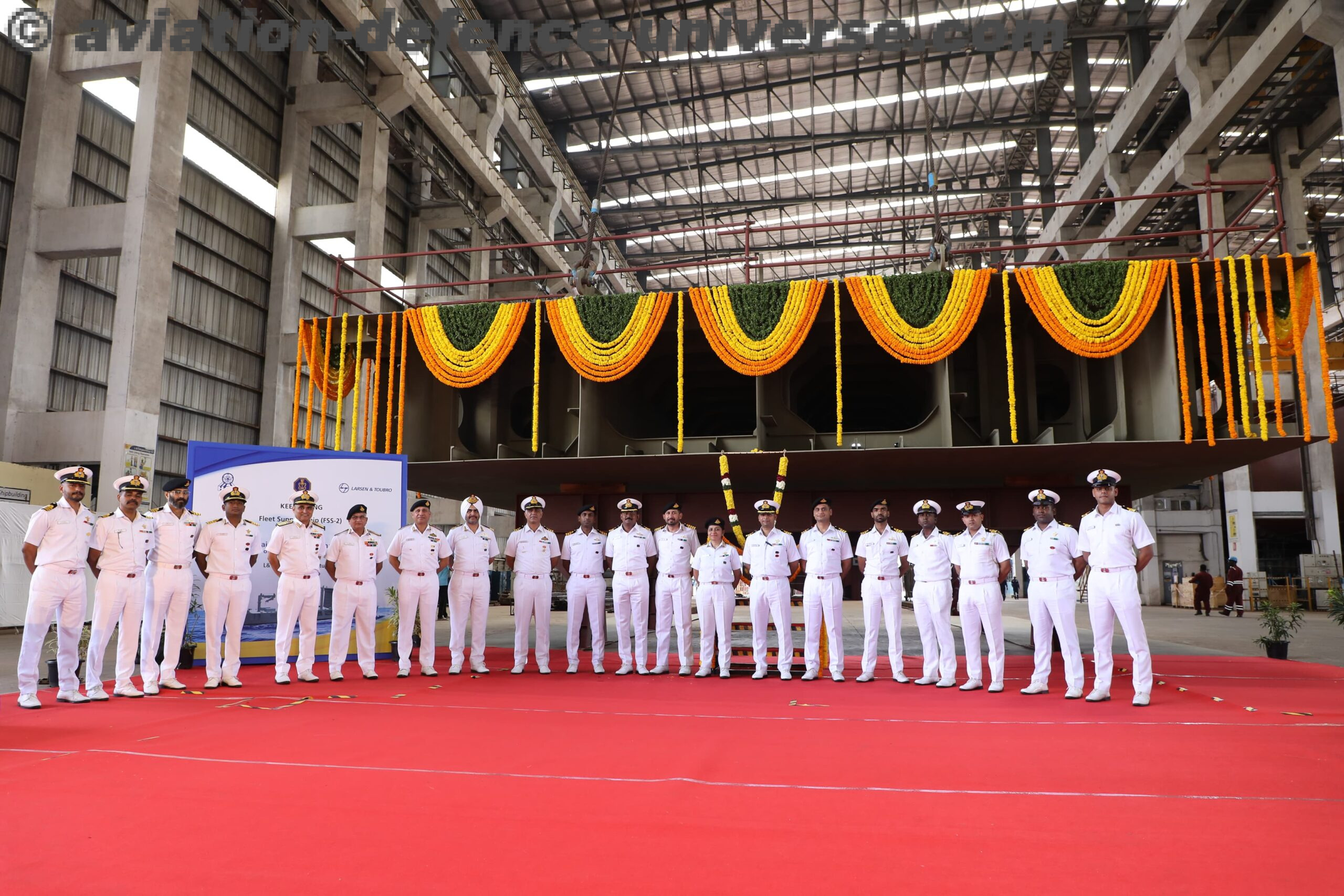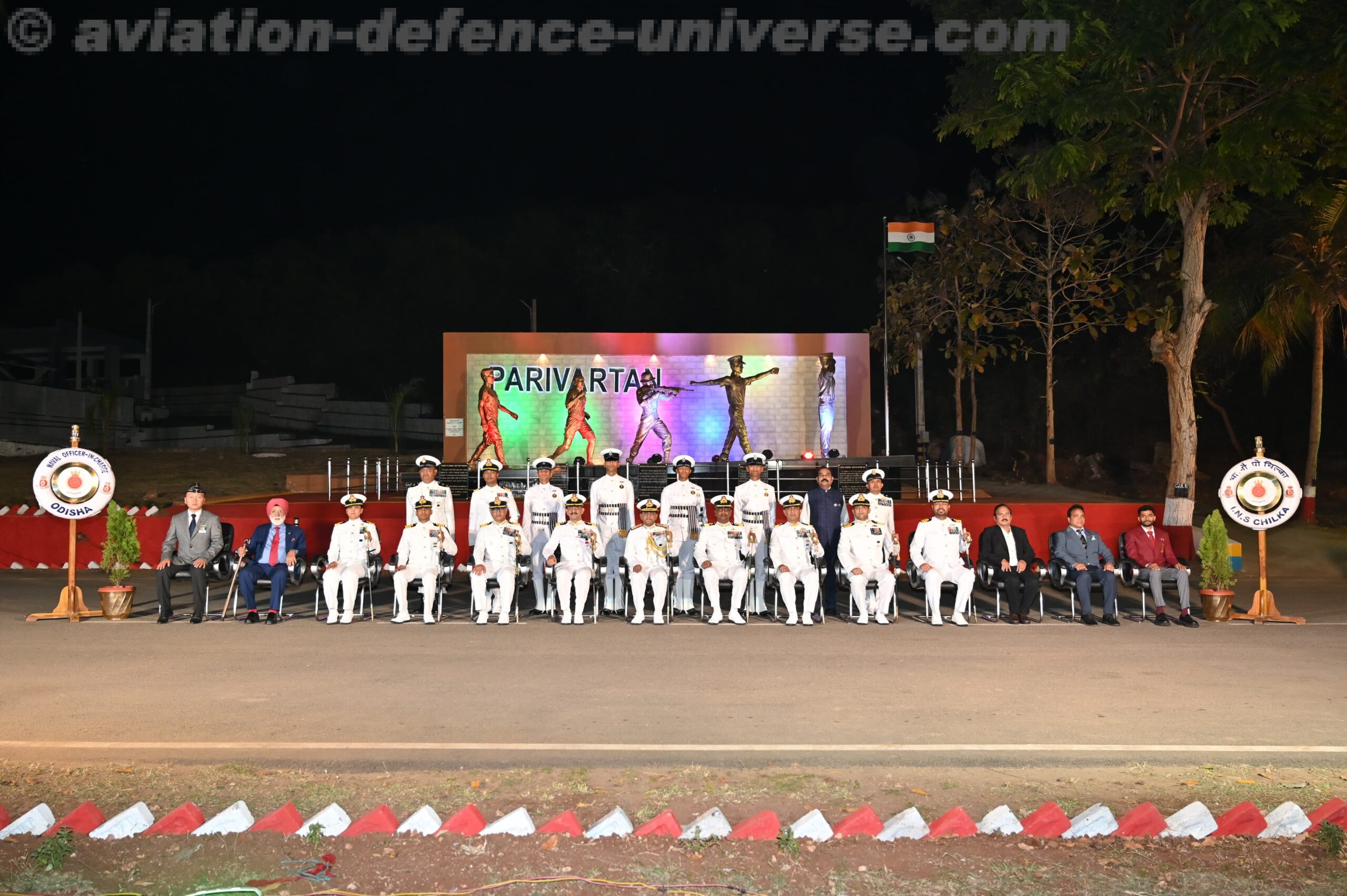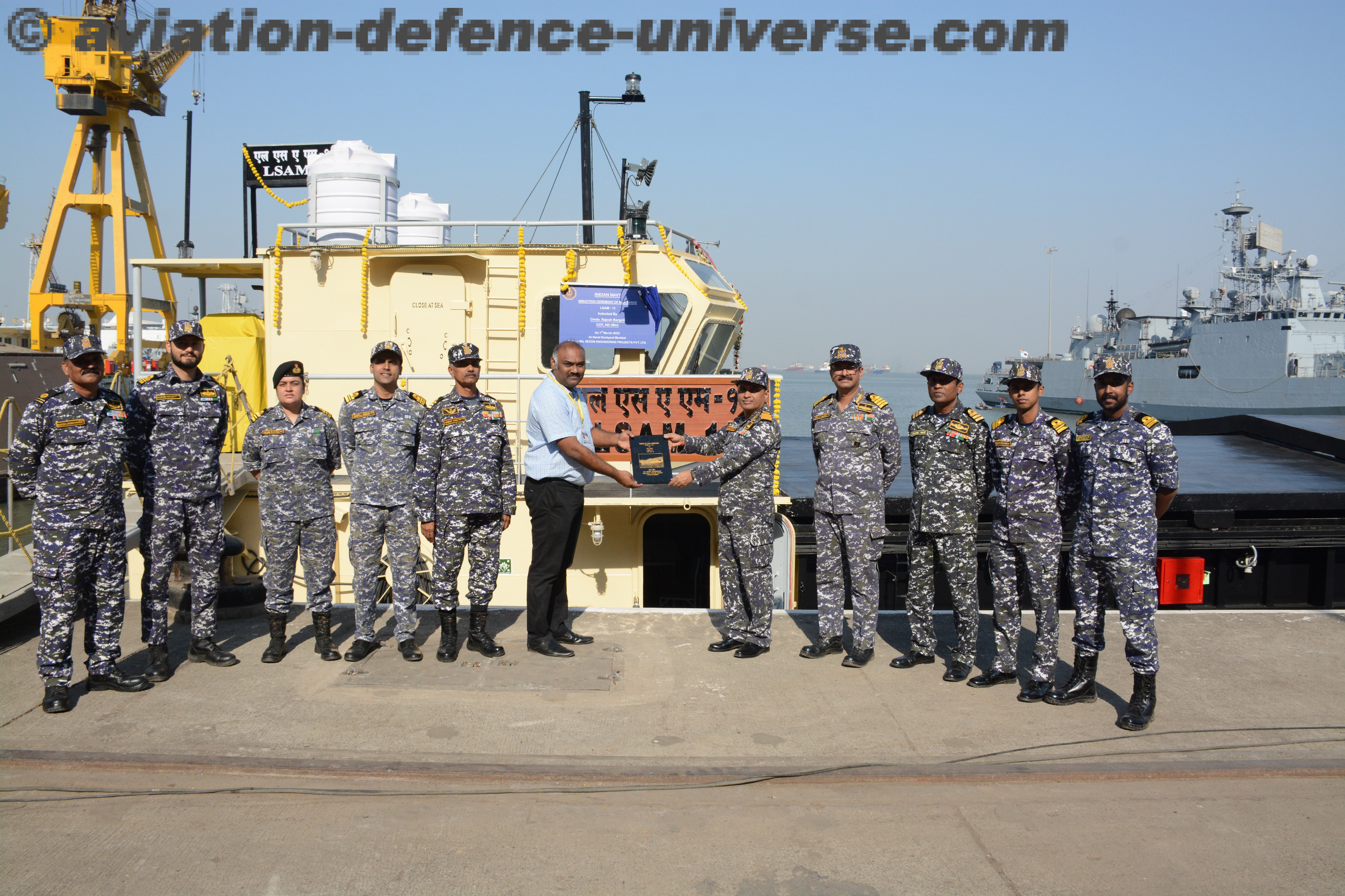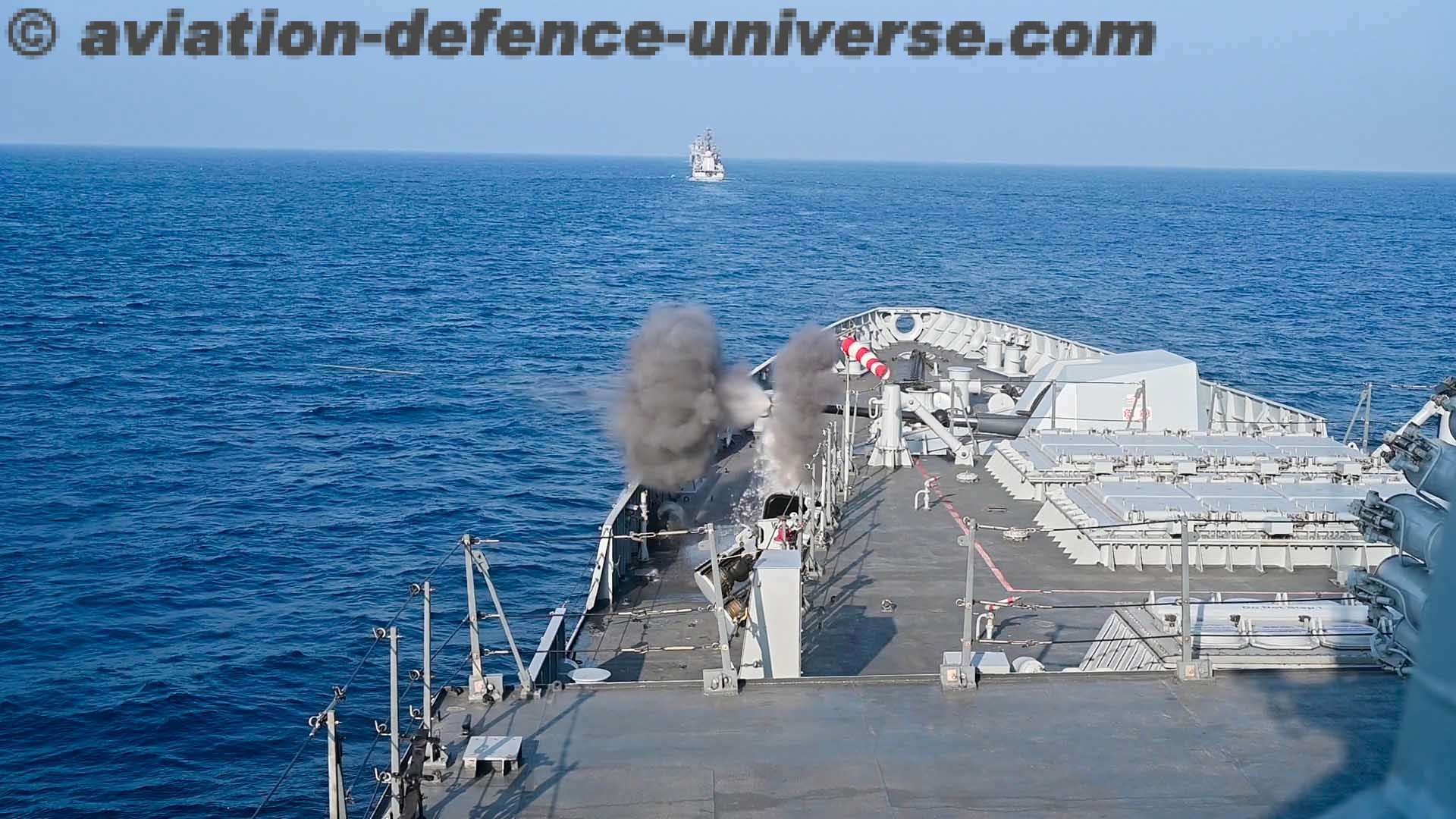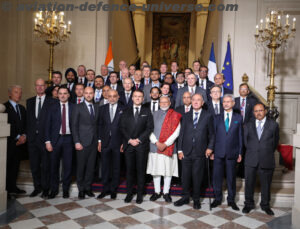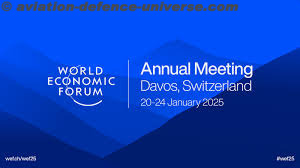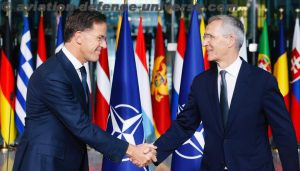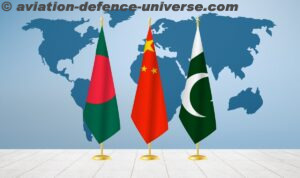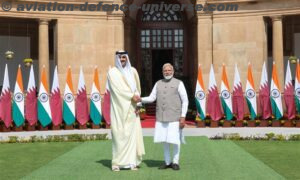INTRODUCTION:-
In present scenario an ally plays a very important role, not only for serving the strategic purpose but also for political existence. So I decided to write something on this topic and I found writing about China-Pakistan will be interesting as their friendship is changing the geopolitical scenario of South Asia, even if we see in larger context they are changing the geopolitical scenario of whole world too. It is also essential to understand the political, economic and security conditions of Asia. The China-Pakistan nexus plays a central role in Asia’s geopolitics. For decades, each side has been the other’s only “all-weather friend,” but their relationship is yet to be understood fully. In my research paper I will shed lights on strategic aspects, mutual cooperation, agendas…etc between China and Pak.
For Pakistan, China is the most trusty worthy friend whom they can trust blindly because they know how Chinese are helping them to get rid of economic weakness, providing security by giving resources which mainly includes weapons trade, diplomatic protector etc.
 But if in wider context it is difficult to term what their friendship is all about. In many fronts
But if in wider context it is difficult to term what their friendship is all about. In many fronts
We got to know, like if you see both have same rivals and that is India and both the countries have fought war with India but none of them supported each other in strategic way except supplies of weapons. Both the countries have different types of culture in all aspects like military, government, economy. Giving an final assessment about a communist country like China is very difficult because the context you write about them is on the basis of your prediction or may be on the basis of some classified documents (In very rare case you can put your hand on such stuffs ) where as a country like Pakistan which was formed on the basis of fundamentalists ideology where the control of the nation is all in the hands of military and intelligence agency and the government is just puppet, it is difficult to give a contemporary analysis.
Diplomatic relations between Pakistan and Peoples Republic of China (China) date back to 1950s when in 1950 Pakistan became the first nation to recognize China. Since then the relations have grown stronger covering all gamut of economy, technology, military, diplomacy and cultural spheres. These relations have been nurtured over time span of almost 7 decades and considering China’s affinity to support Pakistan on world forum, Pakistan considers China as its Best Friend. Needless to say this relationship has had deep impact on politics of South East Asia and considering the fact that both are Nuclear armed nations, it has serious ramifications for politics and diplomacy in the region.
HISTORY:-

Zulfikar Ali Bhutto with Mao Tse-Tung Photo-The Friday Times
China and Pakistan. From 221 BC to 1912 china has seen Qin to Qing dynasties till Kuomintang took it over China is a Kuomintang national party ruled state till 1949. Taking down the last Qing dynasty. In October of 1949 Mao Zedong with his red army took down Kuomintang government after that Kuomintang was confined to Taiwan.
Meanwhile a huge Subcontinent was made into 2 parts. One India and the other one is Islamic state of Pakistan in 1947. Both these nations maintained hostility since their birth. Then. USA was not in favour of communist China. It was a cold war between capitalism and communism. Both trying to expand their cover on the globe.
China and Pakistan first established diplomatic relationships in 1951, shortly after Pakistan’s declaration of independence from the British Empire, making it the first Islamic country to establish diplomatic relationships with China. As one of the nations that broke off all relations with the Republic of China in the 50’s, Pakistan was also amongst the earliest to recognize the People’s Republic of China as the official government of China, granting the country a unique position within the strategic relationship between China and Pakistan later on.
After recognizing PRC and later formal diplomatic relations were established a year later in 1951. These relations took a new turn in late 1970s when USSR sent its army to Afghanistan, concerned US administration extended help to Pakistan for funding Mujahedeen fighting
Covert war against USSR. Pakistan’s influence even prepared groundwork for historical visit of President Nixon to China in 1972.
Pakistan being in a unique position of brokering deal on diplomatic front between US and China, took complete advantage of this situation under general Zia ul Haq as funding flowed from US congress along with military hardware (including controversial F 16A fighters from general Dynamics). This continued unabated till Pressler amendment ceased any further military help owing to covert N program under Dr. Abdul Qadeer Khan.
Since late 90s, Chinese influence in Pakistan grew even further as US withdrew from region’s politics (especially after dissolution of USSR) and growing ties between US and India. This led to Chinese firms investing heavily in infrastructure projects and technology including N power.
Sino-Pakistan Strategic and Economic Relationship:-

Photo by nihao-salam
It is worth to note that early diplomatic relationship between China and Pakistan was not strategic, and instead (on the Chinese side) was only part of People’s Republic of China’s attempt to gain international recognition over the Republic of China for the official government of China. This state changed however in 1962 when the Sino-Indian war broke out, leading to closer diplomatic ties between both countries. During the Sino-Soviet Split in Cold War, both China and Pakistan played an important role in balancing influence of the Soviets and its ally India in the east, this continued on until the Soviet Union broke away. It was only after the collapse of the Soviet Union that Sino-Indian relationship improved, but even so, the cooperation of China and Pakistan to suppress India continues as China’s strategy to maintain “regional stability”.
As a nation bordering the Middle East and Indian Ocean, Pakistan plays an important role in China’s forthcoming strategies both economically and militarily. These strategies will be applied on the basis of the China-Pakistan Economic Corridor, a major project currently being carried out in Pakistan
One of the prominent programs between them is the CPEC (China-Pakistan Economic Corridor) which is a collection of smaller projects worth $ 46 billion, of which $ 11 billion are from the Exim Bank of China. The grand project aims to expand and upgrade major infrastructures within Pakistan, and link China’s Xinjiang with Gwadar port in Pakistan. When completed, the length of rails and highways upgraded will accumulate over 2500km, providing better transport and trading opportunities to both countries. In reference to this project, the Asian Development Bank stated, “CPEC will connect economic agents along a defined geography. It will provide connection between economic nodes or hubs, centered on urban landscapes, in which large amount of economic resources and actors are concentrated. They link the supply and demand sides of markets. ”
The economic corridor is considered as a major milestone to China-Pakistan relations, as its significance is reflected by China’s inclusion of the project as part of its 13th five-year plan. Not only was it shown from being included in the plan, but the fact that the grand project is an extension of China’s proposed 21st century Silk road “One belt, one road” itself is already yet another evidence that the CPEC will take a importance place in China’s trade in the near future. Further implications of the CPEC may include improved intelligence sharing between the two countries, and possible access of Gwadar port by the Chinese navy. Gwadar port in Pakistan greatly reduces the length of distance required to travel. This reduction in distance, along with high-speed rails reaching up to 160km/h both in Pakistan and China will speed up transport time by at least a factor of 3. The alternate trade route provided by the Gwadar port will also allow the Chinese to trade without having to pass through the Malacca strait, a region which could very possibly blockaded when in event of war. But everything is not easy as it looks the CPEC also contains some risks one is that it leaves Chinese employees more vulnerable to security threats which prevails in Pakistan and this thing has already created an implication in China in form of more political controversy over the route.
Militarily, Pakistan acts as a major barrier for China on fight against terrorism and as well as containing India. China and Pakistan are involved in several projects to enhance military and weaponry systems, which include the joint development of the JF-17 jet fighter, K-8 advance training aircraft, MBT-2000. Recently, China has become increasing concerned about al-Qaeda and other terrorism originating in Pakistan and has offered to set up military bases on Pakistan to deal with the problem.
When it comes to nuclear technology, China plays a major role in the development of Pakistan’s nuclear infrastructures, as the increasingly strict export controls in Western countries is making it difficult for Pakistan to acquire plutonium and uranium enriching equipment. It is uncertain why the Chinese government is providing so much aid to Pakistan in development of nuclear infrastructures, but distracting India could very possibly be one of the reasons.
In all, Sino-Pakistan relationship is considered as “long term, all conditional, and multi aspects” by both countries, and it is maintained under mutual trust, mutual benefit, and zero interference in each other’s politics. The Chinese describes Pakistan with four phrases “good neighbour, good friend, good brother, and good partner”, earring itself the name of “Ba Tie” in the hearts of the Chinese, with literal translation meaning “friendship as tough as Iron Bar”.
Implications-
Needless to say, such a relationship would have implication in the stability of the region and South East Asia gets affected by these relations. China has been long trying to reach Central Asia and ultimately Europe through land as it allows is to bypass maritime traffic shipping lanes in Indian Ocean region where Indian Navy is rapidly modernizing and increasing its influence. In a bid to bypass India, China has constructed an all weather port at Gadara. This project, being developed in 2 phases will eventually allow ships of up to 2, 00, 000 Dead Weight tonnage (including Super carriers) to be berthed. Further this will allow faster movement of goods coming through Suez Canal and Middle Eastern countries.
Future perspective:-

Photo by NewsPakistan
As the world politics and scenario is changing, we will also see some changes in the Sino-Pak friendship. If speculations are made by keeping in mind the current scenario of their friendship which is much economic and strategic oriented we will see a great change where Pakistan will be relying on China for all their needs from financial help to weapons and China will be controlling most of the rich resources and strategic position of Pakistan to prove its supremacy in tackling the rivals whether its India or USA.
The three major key developments that will contribute in the change will be China-Pakistan Economic Corridor (CPEC), Gwadar port and the last one Silk Road.
CPEC will play very crucial role in future mainly the serving the purpose of China. Through CPEC china will gain control of most of their (Pakistan) resources and it will be like a peaceful occupation of Pakistan. CPEC also have the essence of military because if analyzed deeply we will see most of the projects are in context to serve the security purpose. The roadways that are purposed in the CPEC can be used as a mobilization of troops and the air strips to land combat and cargo aircrafts.
Next one is Gwadar port in Pakistan which greatly reduces the length of distance required to travel. This reduction in distance, along with high-speed rails reaching up to 160km/h both in Pakistan and China will speed up transport time by at least a factor of 3. The alternate trade route provided by the Gwadar port will also allow the Chinese to trade without having to pass through the Malacca strait, a region which could very possibly blockaded when in event of war. But it comes with many threats mainly the Islamic militants which have great influence in that region and moreover the local population of that area is not happy with this kind development, because China will be exploiting the region resources without favouring the local population in any way.
Last one is Silk Road which is basically a revival plan (One Road One Belt). It is another remote strategy activity went for boosting global participation and joint advancement all through Eurasia. To manage the exertion, Xi distinguished five particular objectives: reinforcing financial coordinated effort, enhancing street network, advancing exchange and speculation, encouraging money transformation, and supporting individual’s to-individuals trades.
One more prominent strategy of China is “Strings of Pearl” it was a theory first mentioned in “Energy Futures of Asia” by the United States Department of Defence in 2005, claiming that China is adapting a strategy to form strategic relationships with countries along maritime trade routes from the Middle East to the South China Sea. The report however, was not the first to include such claims, as this strategy was already mentioned in the late 90’s by the USSOUTHCOM, although without an official name.
According to the report, the “String of Pearls” is essentially a strategy to form stronger diplomatic relationships with trading partners of China, to secure sea trade routes, and to extend the geopolitical influence of the nation. Despite lack of evidence to suggest so and denials from China, the strategy may be a part of the country’s plan to provide its navy with “strategic points” in the near future. The existence of these locations will not only boost trade, but also potentially allowing the PLAN to station warships and replenish supplies/weapons in event of crisis.
The “String of pearls” is divided into six different regions, known as “pearls”; these regions are Pakistan, Bangladesh, Myanmar, Cambodia, South China Sea and Thailand respectively. Currently it has been confirmed that facilities are in construction in Bangladesh (Chittagong), Pakistan (Gwadar port), and South China Sea. And negotiations are set to take place for more projects, which may include the construction of a canal through KhokhokKra in Thailand, and a railway line linking to a port in Cambodia.
Article by Saurav Chordia
Note- The part-2 will be updated soon. Part-1 have just covered the basic about their friendship which will help beginners for the basic understanding about the nexus.
Courtesy : Indian Aerospace/Defens

























